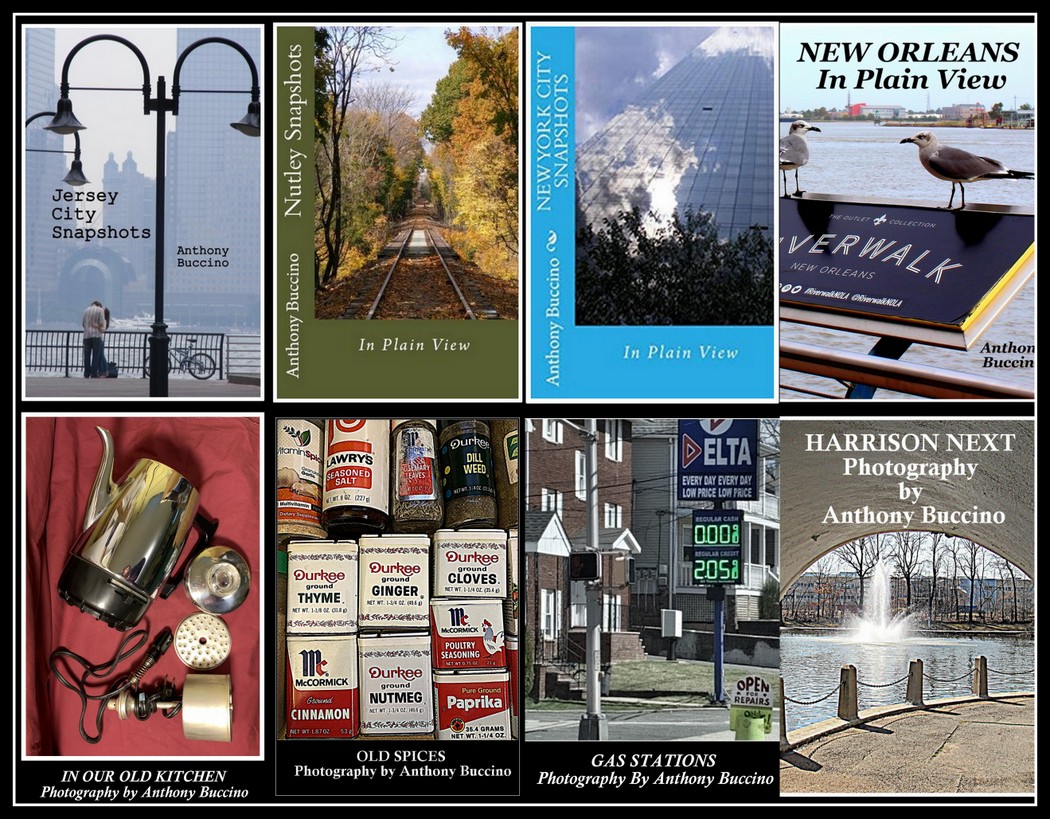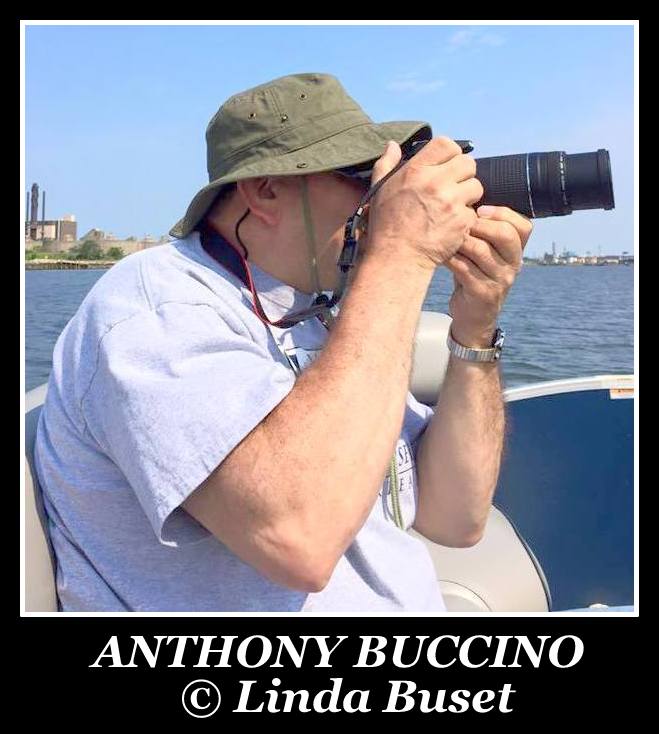Forgotten photos of Nathaniel Frederick CarrylBy Anthony BuccinoFrom about 1892 to 1900, Nathaniel Carryl photographed family and friends and the rural area around Kingsland Manor. He died in 1906, but not before leaving behind more than 130 glass negatives of those historic photos. |
|
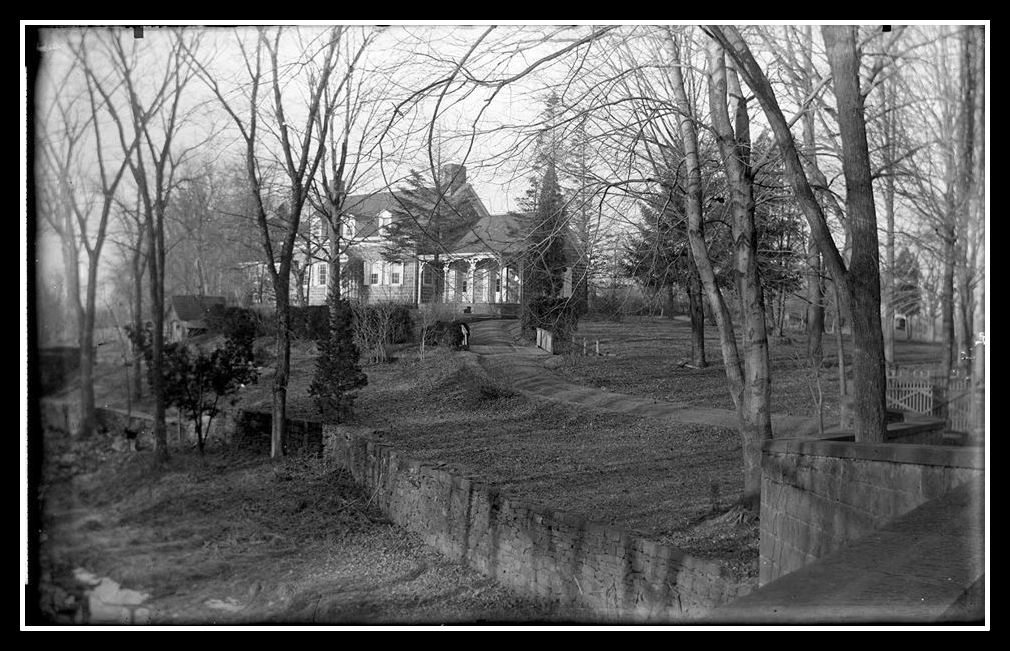 From about 1892 to 1900, he photographed family and friends and the rural area around the Kingsland Manor. Carryl died in 1906, but not before leaving behind more than 130 glass negatives of the photos he took more than 120 years ago. OCTOBER 2019 -- The Nutley Museum exhibit is ending soon, but the story continues. The intimate and beautiful turn-of-the-century portraits of Nutley by Nathaniel Frederick Carryl focus on the Kingsland farm and its extended family. Only recently has 21st Century technology caught up with reproducing exquisite reproductions of long forgotten glass plate negatives from the late 1800s. About 1880, N.F. Carryl married Martha Kingsland of the wealthy Kingsland family of Franklin, New Jersey. The family had a large estate and owned most of what is now north Nutley and parts of Clifton.
From about 1892 to 1900, he photographed family and friends and the rural area around the Kingsland Manor. Carryl died in 1906, but not before leaving behind more than 130 glass negatives of the photos he took more than 120 years ago. Amazingly, no prints from that era are known to exist. In the meantime, Kingsland’s descendants moved on, the estate divided in time for the new owners to operate a Prohibtion speakeasy and later a rehab hospital for folks recovering from excess. Flash forward: No one had seen any of Carryl’s photography for more than ten decades. In the 1970s, camera collector Bill Smith of Nutley, acquired the glass plate negative from a junk shop in Newark. But he had no means to make prints and they sat in his attic for a few more decades. In the mid-1990s, Nutley town historian John Demmer doing carpentry repairs for Smith accepted the box of artifacts for his finish work. Demmer loves to collect anything and everything old about Nutley and also before it became Nutley in 1902. His home is filled with Nutley milk bottles, matchbooks, post cards and other local whatnots. As for the Carryl cache, the negative sleeves identified the photographer, the place, and most of the people in the photos. There was one thing keeping Demmer from seeing what Carryl photographed a hundred years ago. Modern technology had not caught up with converting the glass plate negatives. Demmer first tried to have them conventionally printed around 1995, then again about 2002, and once more in 2008. None of these efforts produced much more than blur on blut. This challenge to discover whether there was anything of interest on these negatives was growing expensive, so the search took a back seat.
In 2018, after 24 years he obtained a scanner that produced excellent digital reproductions, and now the world would see the best reproductions of 111 glass plate negatives created in the late 1800s. Finally, in September 2019, Demmer and Nutley Museum Director John Simko curated an exhibit: Lost and Found Nutley: The Forgotten Photographs of N. F. Carryl. More than thirty of the images have been printed in high resolution and are on display in the first floor gallery of the Nutley Museum. These prints, of the more than 130 glass plate negatives, tell a long forgotten story of a town called Franklin, full of hay fields and corn fields, horses, barns and streams where children played more than a 120 years ago. As anyone who has seen the black and white prints produced, you’d swear these crystal clear images were taken this year with the latest high resolution digital camera. But you’d be wrong. The photos’ details of pattern prints, backgrounds and detail would amaze the most hardened photo judge. The exhibit ended on October 19, at the Nutley Museum, 65 Church Street, Nutley. Some of the prints are on display in the historic first floor meeting room of the Nutley Museum. Thousands of 19th-Century Glass Plate Negatives Are Being Digitized in Paterson (July 2022) |
ANTHONY'S WORLDAnthony Buccino
Essays, photography, military history, moreNew Jersey author Anthony Buccino's stories of the 1960s, transit coverage and other writings earned four Society of Professional Journalists Excellence in Journalism awards. Permissions & other snail mail: PO Box 110252 Nutley NJ 07110 Follow Anthony Buccino Order Your Copy Harrison NextNew Orleans In Plain View Preview Photo Walk: Harrison PATH station Addicted to Learning About PhotographySnapshot PhotographySelf-Editing Photo OverloadPhoto Walks Formal & InformalYour Print and Digital Photo LegacyForgotten 1890s Photos of Nathaniel Frederick CarrylPhotography AutobiographyPhoto tagging for search engines and you
|
|
Apple AirTags to track your baggage when you travel or on a photo walk
Shop Amazon Most Wished For Items
Support this site when you buy through our Amazon link. |
|
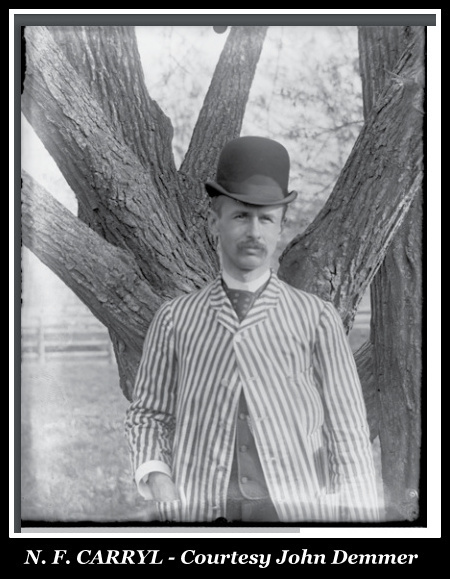
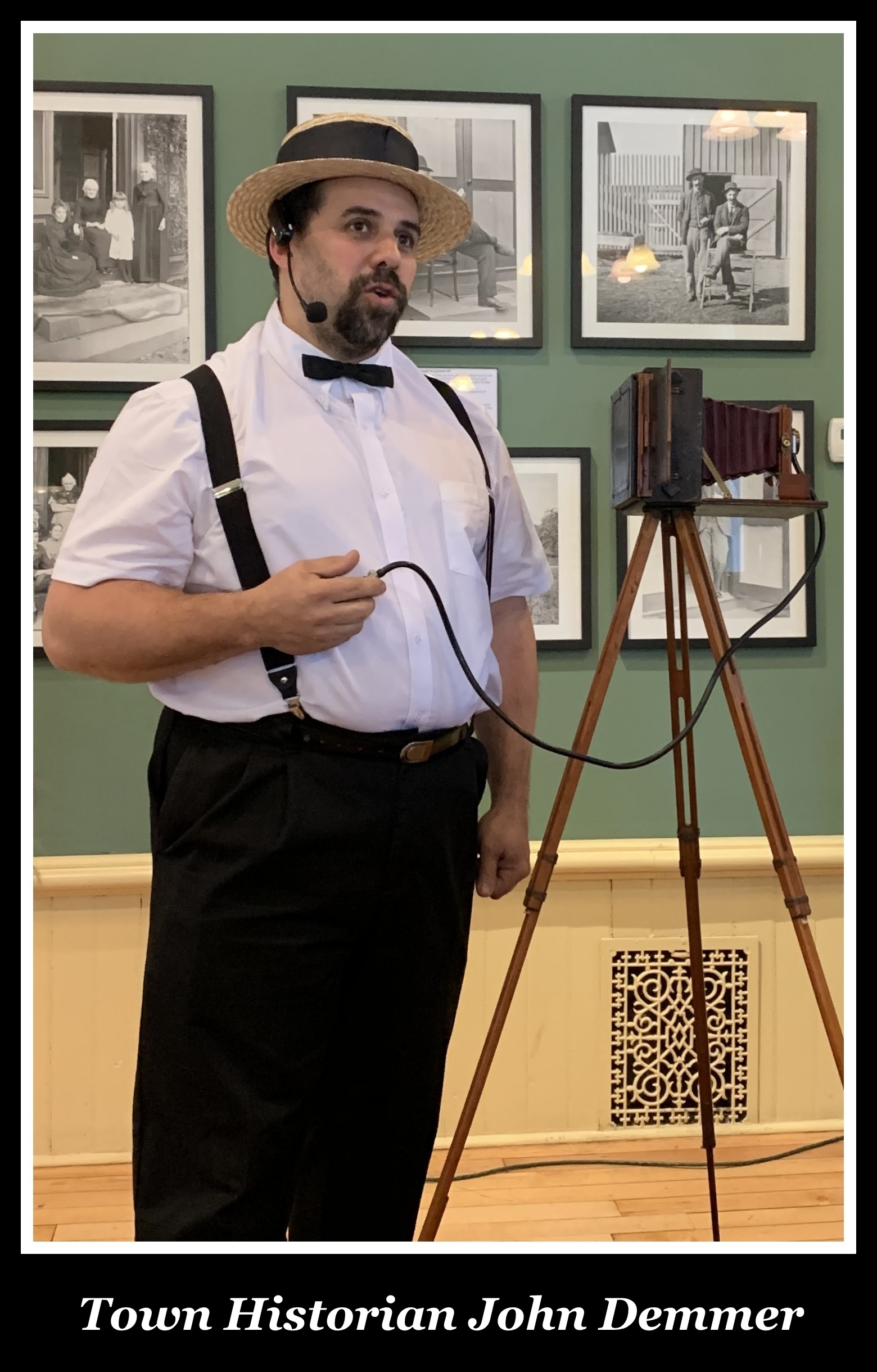 Demmer’s patience paid off in his waiting for
21st Century technology to catch up with reproducing 19th
Century photography.
Demmer’s patience paid off in his waiting for
21st Century technology to catch up with reproducing 19th
Century photography.
